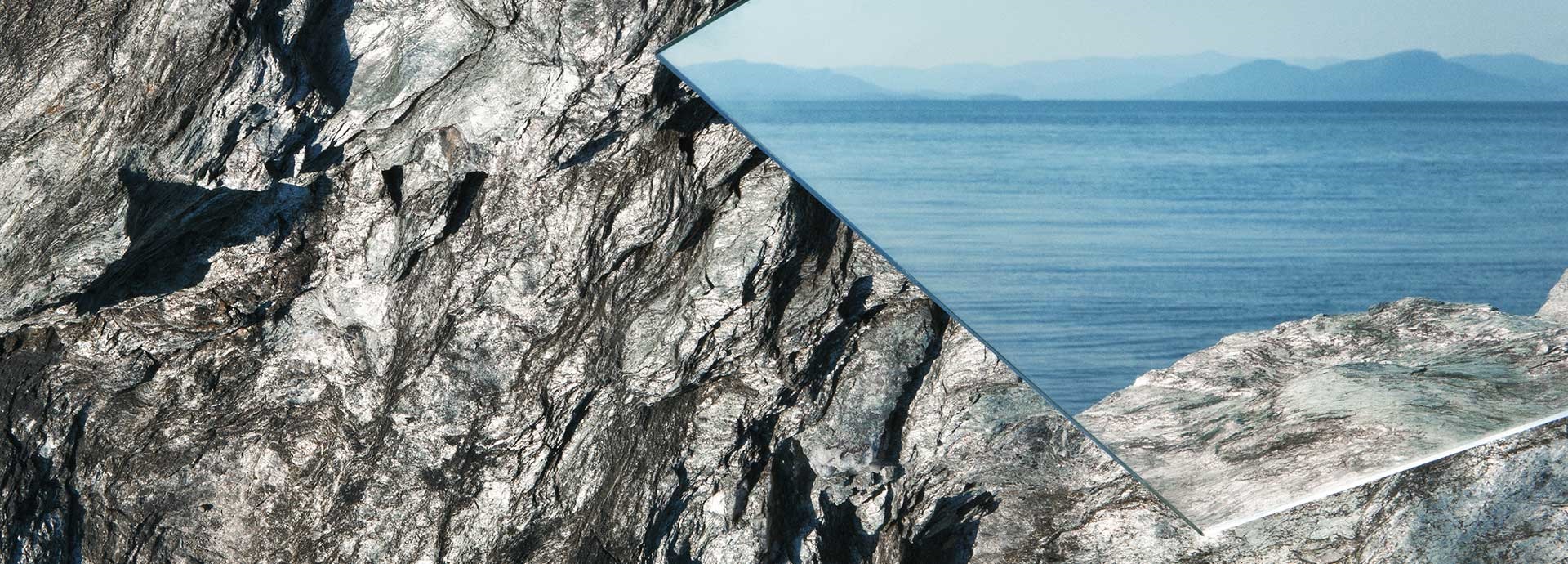

5803 results
A highly-sophisticated gas carrier with very specialized LNG cargo containment system built for transportation of natural gases in bulk. As it is usual with LNG tankers, the cargo is transported at a temperature of -160°C.
A new type of LNG tanker provided with re-gasification facilities. A tanker having loaded a LNG cargo in the conventional way regasifies the cargo on board and discharges the high-pressure gas at an offshore buoy or floating terminal.
LNG carriers have, up to 2006, mainly been driven by steam turbines. The boil-off gas (BOG) from the LNG cargo has so far been used as fuel.
GDF SUEZ NEPTUNE was built by Samsung Heavy Industries (SHI), Korea, and delivered to her operator Hoeg LNG, on 30th November 2009. The vessel has a transport capacity of some 145,000 m3 and a contract price of about $290M.
LNG has three major characteristics as a seaborne trade cargo: the super low temperature (-160°C), a low specific gravity (0.43 to 0.50) and flammability.
Vessels designed to carry live animals. Ventilation and drain systems are of crucial concern. They are usually converted second-hand ships used to carry live sheep from Australia to the Gulf.
Lights visible from the deck showing that a ship is listing.
If the centerline plane of a ship is not vertical, as when there is more weight at one side than at the other, she is said to list, or to heel.
Liquid cargo loading and unloading, ballasting and deballasting, ballast water exchange and tank cleaning operations.
At present, vessels that transport liquid pitch number only eight on the international market and the vessels have only 9,000-10,000 tonne capacity to transport this key material for aluminium production.
Substances, solutions or mixtures, offered for shipment, carried for dumping, incineration or other methods of disposal other than at sea.
see tankers.
Cargo with a vapour pressure below 2.75 bar absolute at 37.8°C.
Liquid petroleum gas, produced during the refining of crude oil or rich/wet natural gas and made up of propane and butane with some propylene and butylene.
Natural gas comes from natural sources and is composed of methane, ethane, propane and small amount of butane. It is condensed to about 1/600 of the volume by cooling it to below the -160°C, its boiling point, to produce LNG.
Built in 1999 by Frisian Shipyard Welgelegen, the Netherlands, the CORAL CARBONIC is the world first vessel designed for the carriage of liquefied CO2.
A shaft seal used to prevent the entry of the seawater or loss of oil from a stern tube bearing. A circular rubber ring is held against the rotating shaft by springs and the existing pressure.
Adjustable bridge ramp at specially-constructed berth, designed to link up with axial stern ramps of ro-ro vessels.
A set of lines showing the moulded form of the hull projected on three planes perpendicular to each other.
Cargo ships (liners) operating on fixed itineraries or regular schedules and established rates available to all shippers.